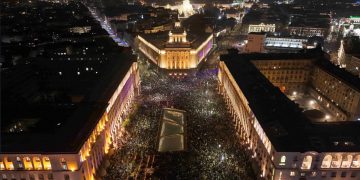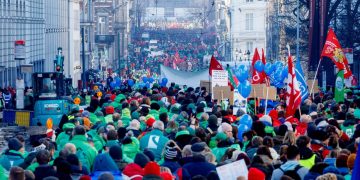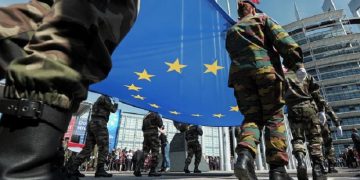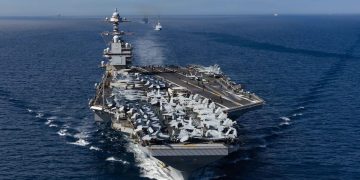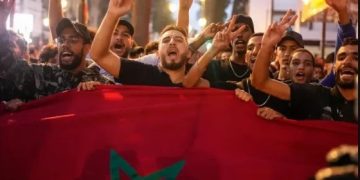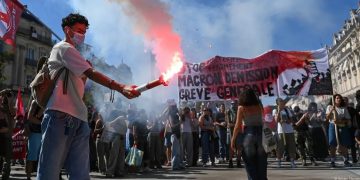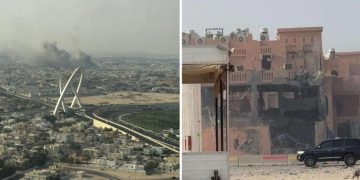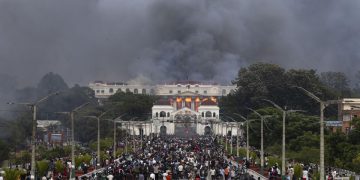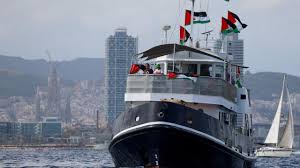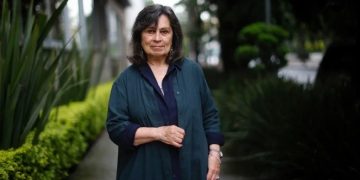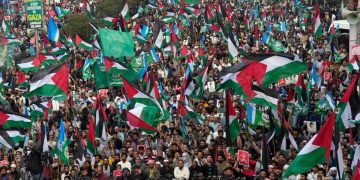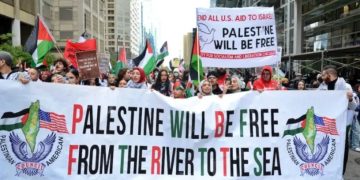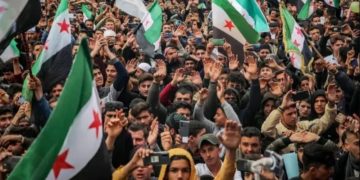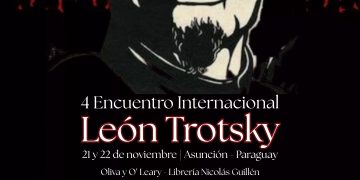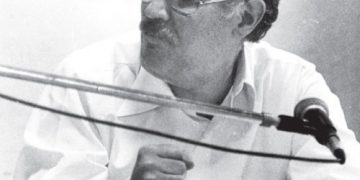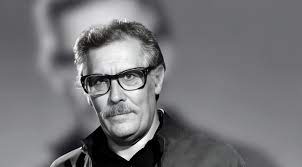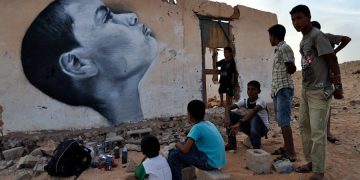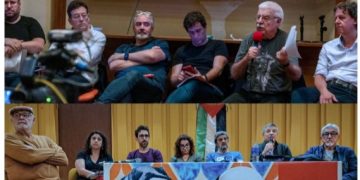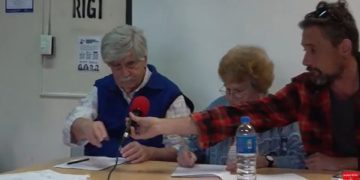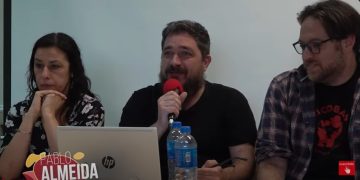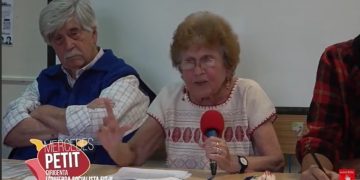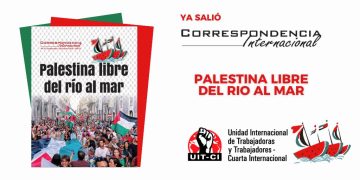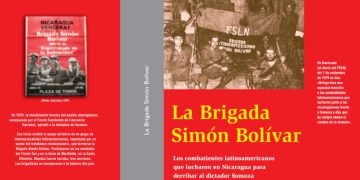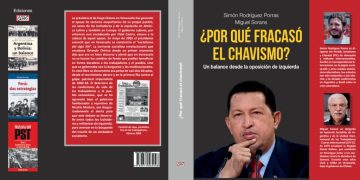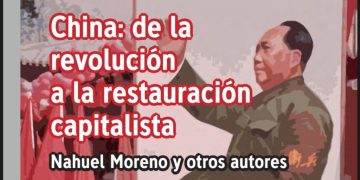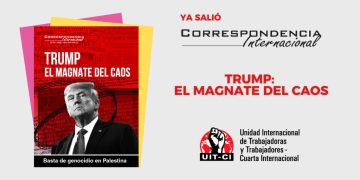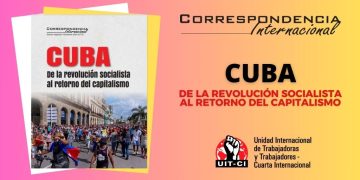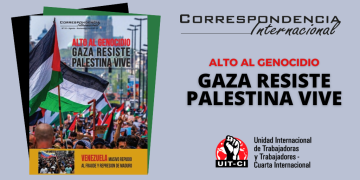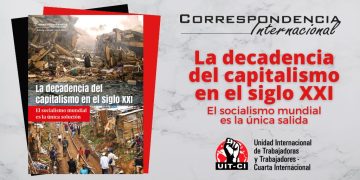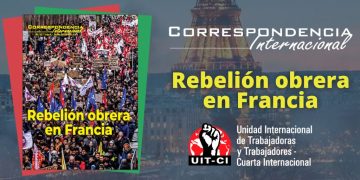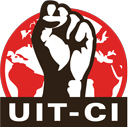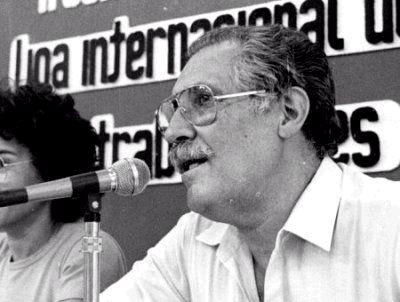 A debate with La Izquierda Diario, PTS online weekly.
A debate with La Izquierda Diario, PTS online weekly.
Another anniversary of his death took place on 25 January, and here we have vindicated the legacy of who was our founder and teacher. La Izquierda Diario/PTS once again falsified his positions and his career.
By Gabriel Schwerdt, a leader of Izquierda Socialista (Socialist Left), Argentinian section of the IWU-FI
In the article “Who is Nahuel Moreno?” by Gabriela Liszt published in La Izquierda Diario on 25 January (http://www.laizquierdadiario.com/Quien-fue-Nahuel-Moreno), they seem to recognise some of Moreno’s successes that would make him more leftist than other leaders that claim to be Trotskyists. This is not so; It is only in appearance. Liszt’s article and the PTS define Moreno as an opportunist and a centrist who revised Trotskyism. Unfortunately, and as we have already marked in countless polemics with PTS and other organisations which criticise Moreno as it is the case of Mandelism or the Workers’ Party (PO) also in Argentina, they do it without polemizing but falsifying his historical political positions and even certain facts. It is a method that does not clarify the fighters of the left.
Moreno developed the theory of permanent revolution
According to Liszt and the PTS, Moreno “in 1980 made an ‘Updating of the Transitional Programme’ which, beyond the updates, ended up revising the logic and conception of the Programme elaborated by Trotsky based on his theory of permanent revolution”.
Then any leftist militant or fighter can ask himself: Did Moreno abandon the theory and theses of the Permanent and become a stagist? Did he move on to the Menshevist and Stalinist theory that poses that there are two stages, a first “democratic” one of political unity with the bourgeoisie and even supporting a bourgeois government? And another later “socialist” one? Is there any case in which Morenoism supported bourgeois or bourgeois popular front governments as Stalinism or revisionist and opportunist currents of Trotskyism did? None of PTS claims is real, neither in the texts nor in the reality of the class struggle for 70 years.
The colossal victory that meant the defeat of Nazism opened a stage of great revolutions, of a world revolutionary ascent. There were revolutionary triumphs that even expropriated the bourgeoisie, as in Eastern Europe, Yugoslavia, the 1949 Chinese revolution or the 1959 Cuban revolution. New bureaucratic or deformed workers states emerged.
The great new fact not foreseen or experienced by Trotsky (assassinated in 1940) is that counterrevolutionary apparatuses that controlled the workers’ movement led them, first the Stalinist bureaucratic Communist parties, and various non-socialist revolutionary leaderships. A revolutionary stage started, with revolutions in almost all continents, but with no October revolution, without the leading role of the working class and the leadership of a revolutionary Marxist party. Those were two premises of Leon Trotsky’s written Theses of Permanent Revolution not fulfilled in this new stage of great revolutions. This opened up many interpretations.
Both Pablo and Ernest Mandel’s opportunism and sectarianism said: the theses of the 1929 permanent revolution have been fulfilled to the letter, and they gave two wrong and nefarious interpretations.
The opportunists, to justify their dogmatism, called the Stalinist or reformist leaders triumphant Marxist revolutionaries. They took the fact that the Stalinist and bureaucratic leadership of the Chinese CP led a triumphant revolution, which even expropriated the bourgeoisie. But they installed the great and tragic error of considering it as the revolutionary party, embodying the Chinese working class, and thus forcing the supposed “fulfilment” of Trotsky’s theses. Mandel did the same thing with the Cuban revolution: they supported the Castro leadership and “decreed” that a section of the Fourth should not be built in Cuba.
The sectarian currents (Healy, Lambert, Tony Cliff, Lute Ouvriere) said: Mao and Fidel Castro are not revolutionaries, the working class does not play a leading role, so they denied those revolutionary triumphs in China and Cuba and their advance to bureaucratic workers states.
Moreno was the only one who, from a revolutionary and Trotskyist consistent position, recognised these new facts and gave them a correct answer, according to Trotsky’s conceptions, of the Permanent and the programme of the Fourth. A great revolutionary ascent after the WWII, imperialist crisis and the absence of a revolutionary leadership combined to produce this. The “unlikely” variant that Trotsky had pointed out (see Transitional Programme) became the norm.
The fact, which opportunists and sectarians denied is that two of the central premises of the Theses of Permanent Revolution were not fulfilled. One hundred years have passed since the Russian revolution and unfortunately, there has not been another “October” revolution. Moreno, to defend Trotskyism from the attacks of opportunist revisionism and sectarians, did not fall into the dogmatism of rejecting that new and contradictory reality. He did not fall in embellishing the triumphant leaderships and capitulating to them (Tito, Mao, Castro, etc.), nor he rejected the great triumphs and advances by the expropriation of the bourgeoisie. He took the reality as it was, giving new tools of analysis and policy to seek its explanation and maintaining the policy and programme of the Fourth. Thus, he continued to defend the Trotskyist conception of permanent revolution, and even the text of the 1929 Theses themselves but enriched by the new reality. That is why he always remained faithful to the fight for the construction of revolutionary Trotskyist parties against the opportunism of Pabloism/Mandelism, which had abandoned this fight since the 1950s. (See 1984 School of Cadres, pp. 23-24 at www.nahuelmoreno.org)
The PST (Socialist Workers Party 1973–1983) never proposed a “democratic front”.
Liszt and the PTS accuse Moreno that in 1974, for the bosses’ offensive and the right-wing Peronism promoting the fascist gangs of the Triple-A (Argentinian Anti-Communist Alliance, which murdered 16 PST comrades), it led to a new opportunist deviation by Moreno and the PST. Instead of calling for strengthening the workers’ united front and forming self-defence committees to confront these attacks, he joined the Group of 8 (Radical Civic Union -UCR, CP, Intransigent Party, CRP, SPP, PDP and Udelpa -conservatives), giving priority to a democratic front. This is not so.
In fact, on Thursday, 21 March 1974, a meeting of these eight parties was held with the president at the Olivos (the Presidential) residence. The aim agreed upon was to express President Peron the concern of all the political parties present with the escalation of the attacks by the ultra-right.
Contrary to what the PTS claims, the present of the PST in that meeting was a tactical action and limited to the level of the defence of the democratic freedoms won by the masses. For the PST, it was also an opportunity to spread its denunciations and proposals.
Therefore, at no time was there any expectation that the meeting itself would be the way to stop the escalation of attacks by the ultra-right. This is what the newspaper Avanzada Socialista No. 97 of 28 March 1974 said: “Let it be clear, then, on the meaning of our presence in the presidential dialogue. We do not believe that it is the only means of preserving democratic freedoms. That is why we were first in Villa Constitucion. They, the workers and the people of the Villa are the ones who recently have done more for current democratic freedoms and for future workers’ democratic freedoms”.
The centre of the PST’s policy was the worker and popular mobilisation, and in those meetings, the PST maintained its total political independence. The PST never stopped pointing out its differences with the UCR and other employers’ and reformist parties and denouncing them as accomplices of the Social Pact promoted by the government. (Avanzada Socialista No. 97)
That’s why the PTS’s statement is false. The PST never proposed or integrated any “democratic front” with the UCR and other bourgeois and reformist parties. That is an idea PTS made up. There has never been such a front of either the 8 or the 9 parties. The fronts presuppose the existence of common bodies, programmes and endure over time. None of that existed. The PST applied Trotsky’s tactic of the unity of action even with the devil against fascism and took advantage of the differences and frictions that existed between these regime parties and Peron himself to develop the mobilisation in defence of democratic freedoms.
In Nahuel Moreno’s speech in the meeting for the Pacheco massacre at the end of May 1974, when three PST militants were killed (days before the fascist gangs had also killed the metalworker and PST militant “Indio” Fernandez in Pacheco), he confirms the PST’s mainline by proposing to mobilise in unity and form anti-fascist brigades. (See Avanzada Socialista No. 104, 4 June 1974)
Did Moreno and the MAS want a front with the bourgeoisie?
For Liszt and the PTS, when the dictatorship fell and then (1982-85): “Those will be the years of adaptation to the bourgeois-democratic regime and of its biggest revision of the theory of the permanent revolution. Moreno will say that to fight a dictatorship he was planning to make a front, including the bourgeois forces, to throw it. He called this a ‘democratic revolution’”.
It is false what the PTS irresponsibly declares. That’s why they can’t prove it. Neither Moreno nor the PST when it went into hiding, nor the MAS (Movement Towards Socialism), wanted any front with the bourgeois parties to overthrow the dictatorship. Moreno and the PST fought against the dictatorship, calling for mobilisation without relying on any bourgeois party.
Nahuel Moreno called this process “democratic revolution” because, because of the mass movement’s irruption, the regime changed, throwing the military dictatorship, and the government in the 1983 general elections when the UCR with Alfonsin won.
With this analysis of what happened in Argentina between 1982 and 1983, Moreno did not “revise” Trotsky as the PTS pretends, it is only Moreno’s analysis of reality. Triumphant revolutions that, because of the lack of revolutionary leadership, overthrow dictatorships, then slow down and do not develop into socialism. Something similar happened, for example, with the 2011 Arab revolutions.
Nor is it true that Moreno built MAS as a social-democratic tactic to grow electorally in a permanent front with Stalinism. They cite the case of the People’s Front of 1985 with sectors of left-wing Peronism and the PC. According to Liszt’s note, “He sought to win sectors of Peronism but without a policy of class independence”. False. It was an electoral front to confront the UCR and the PJ (Peronists), an electoral tactic, the unity of the left.
PTS makes a mendacious caricature of the MAS and its policy to discredit Moreno. They criticise his union orientation as “pragmatic” because we called on the fighters to join the MAS union groups with the only requirement of being “new (not bureaucratic)” or “combative”, a ridiculous allegation: when PTS militants talk to a union activist they establish the “condition” of being left-wing to fight together?. They demand from the MAS of 30 years ago something they don’t do now. That’s why there’s nothing “pragmatic” about what Moreno and the MAS were doing to join forces with the workers who demonstrate and fight the government despite their union bureaucratic leaders.
They accuse Nahuel Moreno and Morenoism of being stagists, Mensheviks, and revisionists of Trotsky’s theory of permanent revolution. We challenge them to show, where Moreno’s current while he was alive or our current these days in the IWU-FI, have fallen into “stagism”, or “Menshevism” and that we have supported a classical bourgeois government or popular front.
It was Nahuel Moreno who always fought against opportunist revisionism in the Fourth International, which gave in to bourgeois and popular front governments. Why do they lie? Because they need to discredit him to install that Morenoism is old-fashioned, a situation denied by reality since the parties in the IWU-FI continues the current founded by Nahuel Moreno 75 years ago. It is a dynamic current present and joining in the main processes of struggle and a reference for thousands of fighters all over the world.
El Socialista (The Socialist) N° 449, 5 February 2020, newspaper of IS, Argentinian section of the IWU-FI








